Critical to Design: Voice of the User (VOU)
 At the empathy stage, real voice of the users (VOU) is identified and recorded. VOU in general can be categorized in to three related silos for easy understanding.
At the empathy stage, real voice of the users (VOU) is identified and recorded. VOU in general can be categorized in to three related silos for easy understanding.
- CTQ - Critical to Quality
- CTC - Critical to Cost
- CTS - Critical to Speed
However, Critical to Qualities (CTQ) is interrelated with both Critical to Cost (CTC) and Critical to Speed (CTS). Doing Algorithm (DA) as mentioned in the previous article, can be drilled down to these three critical areas of the business. DA is structured and presented as a CTQ tree in order to show logical relationships and to understand number of variables which are critical to each other. Finally, VOU and its specifications are applied and aligned to design or from improvement efforts.
Critical to Quality: Quality of Doing Business
CTQ trees (critical-to-quality trees) are the key measurable characteristics of a product or process. They align improvement or design efforts with customer requirements. Critical-to-quality trees help quality professionals to translate broad customer needs into specific, actionable and measurable project metrics. They also help establish a relationship between the customer priority and CTQ project parameters. CTQs are a set of parameters that define the requirements of the customers and they are very important while developing a product or service. CTQ tree is a tool used to identify and list out all the customer requirements into measurable operational parameters.
Critical to Input and Noise (X, N): Cost of Doing Business
CTC is directly related to CTQ, as the cost to the quality design has to be borne by the producer. The question is as to what cost would our customers to be satisfied with good quality product or service that they demand or think of. This is where value entitlement to the product from users needs to be viewed from the point of view of the producer. This is the real challenge for design thinkers as both provider and the user should be happy with the design of the product and the service. The obvious challenge is to design product or service with the lowest possible cost and the highest possible value, which is shared by both the producer and the user.
The other factor to be considered here is the quality of design of competitors. Today, the design of product and services makes the cutting edge over its rivals. CTC tree is used to find out the cost related features or characteristics, which are related to the CTQ of customers. It must be included while drawing a detailed flowchart of a business process. The Critical to Cost concept is an essential part of design thinking. Customer satisfaction is a primary factor in the development of CTC parameters. Considering the cost, one may remain focused to customer needs at the initial stage. The performance level of CTC should be at such a level that it might meet the requirement of the customer with the lowest possible cost.
They harmonize improvement or design efforts in tune with customer requirements. Critical to Cost (CTC) analysis is the input to the Quality Function Deployment (QFD) activity designed for the satisfaction of customers’ requirements. This is the process of analyzing the inputs and outputs and to find out the path that influences the cost of process outputs. CTC starts from CTQ but the former deals entirely with the impact of cost on the customer. CTC tree is subjective to a degree because it requires interpretation of the situation, estimating probabilities, costs etc. and helps in making better decision regarding projects. Every organization and business processes have constraints. CTC tree helps in understanding the true tone of the customer and translating customer requirements into reality.
With the sole intention of satisfying the ever-changing customer needs and expectations, business processes often introduce innovative tools and techniques to design and develop completely new products and services to meet the customer satisfactory level. This is the perfect solution to correct the error in the process. But in reality, it is certainly not so simple because consumer related behavior is quite complex and very difficult to comprehend. The impact of cost on the customer should always be measured in terms of throughput. The throughput is determined by the constraint. If any of the process upstream from the constraint affects the throughput, which is then considered to be a constraint.
At almost every conventional industrial engineering, the quality costs are simply symbolized by the number of items outside specification, which is computed by multiplying the cost of rework or scrap. As previously mentioned both CTQ and CTC are identical and CTQ is defined in terms of quality and CTC is defined in terms of cost. E.g. the customer may need of the weight of the product (which can be termed as CTC) to be in between 15 to 20 pounds. The cost may be increasing if any product is heavier than 20 pounds, which include more consumption of power and materials. CTC tree is actually a function of material, energy, time, people, technology, defectives etc. Value of a product is defined by both its cost and the quality of design.
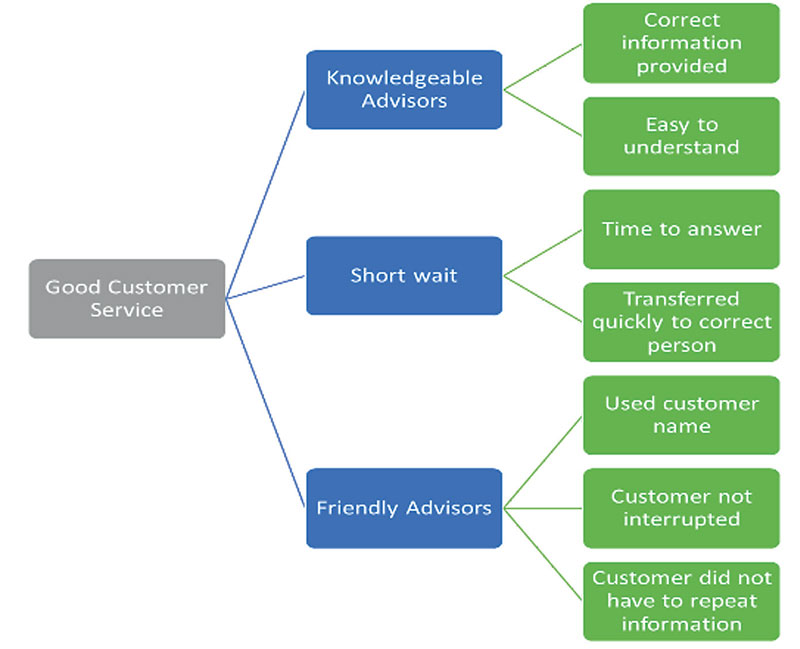

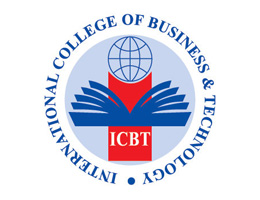

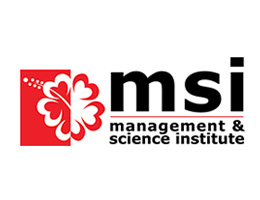

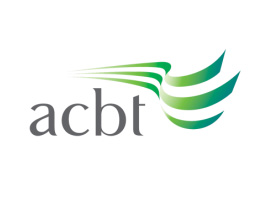



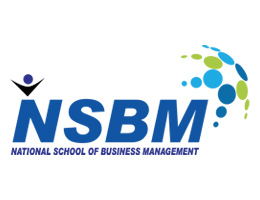

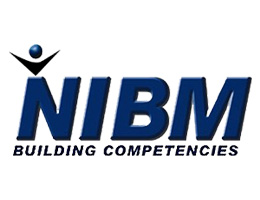
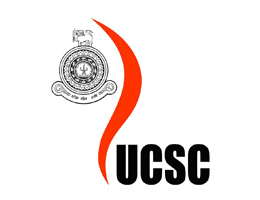















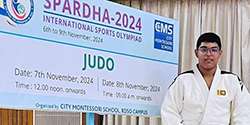











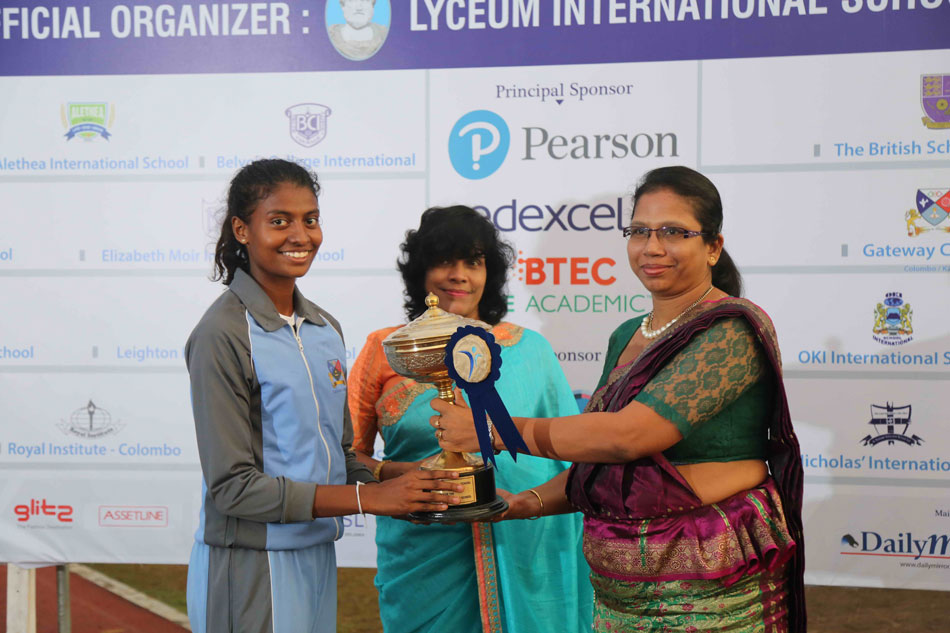

.jpg)
.jpg)
.jpg)
.jpg)
.jpg)
